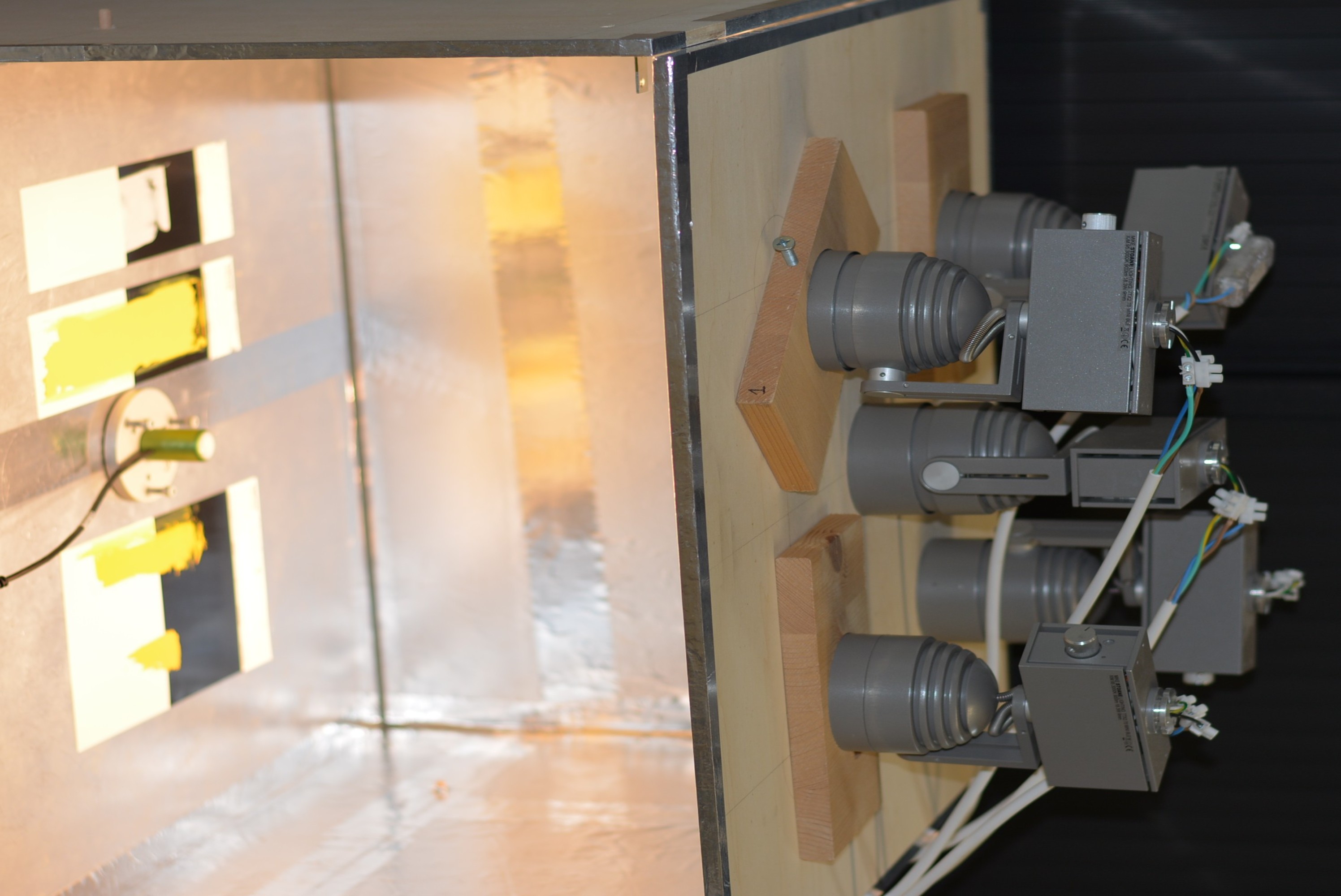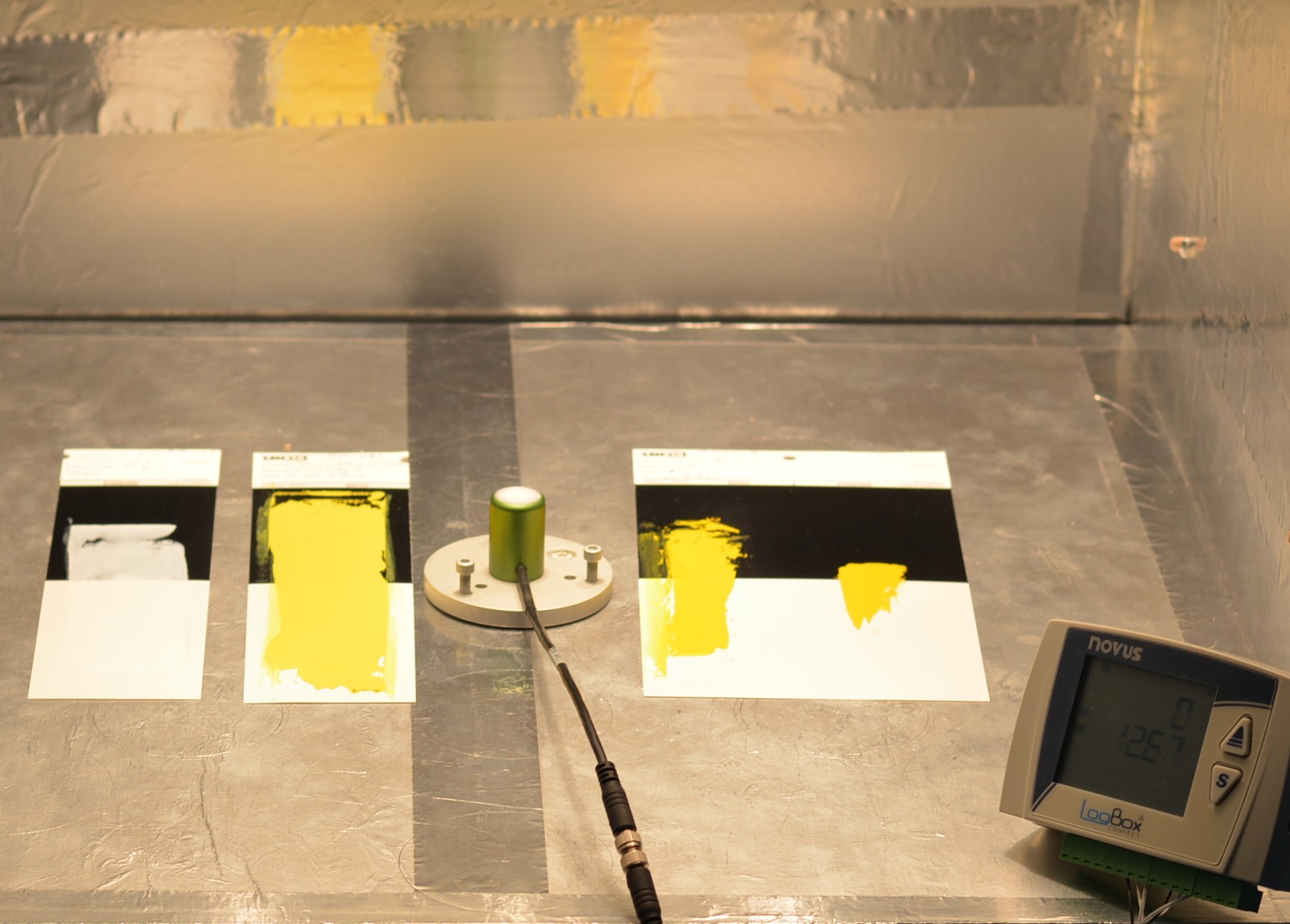Light Box Experiments
Apogee's SE-100 Photometric sensorwas selected by the University of Amsterdam to research the properties of historic paint in modern conditions (in this case modern lighting). The SE-100 helps with two primary goals: measuring the lux from the lamp so researchers may correlate this to fading of the paint, and measuring the lux outputs of the lamps during a 2 to 5 month period to determine the stability of the lamps. These goals are to help prevent famous works, like the works of Van Gogh, from fading away.
Patin Gauthier, PhD candidate at the University of Amsterdam and sponsored by the Van Gogh Museum and AXA Fund Research, provided the abstract below:
Over the past two decades, conservators and curators have often noted colour changes in Van Gogh artworks. In order to understand and predict these phenomena, reconstructed paint layers are artificially aged in light aging device and their colour is regularly monitored with a spectrophotometer. In the framework of my PhD, I constructed a light aging box in which the LED lamps from the Van Gogh Museum are implemented to fade the samples (cf Figure 1). Photometer and radiometer are used to design the box, especially to optimize the intensity of the lamps (cf. Figure 2) as well as the distance between the lamps and the samples. A second application of the devices allows us to monitor the power of the lamps all along the experiment, which lasts about 3 to 5 months, so that we can detect decrease in intensity from the lamps.

Illustration 1: Light aging box

Illustration 2: Assessment of the illuminance value
Sponsored by the Van Gogh Museum and AXA Fund Research
